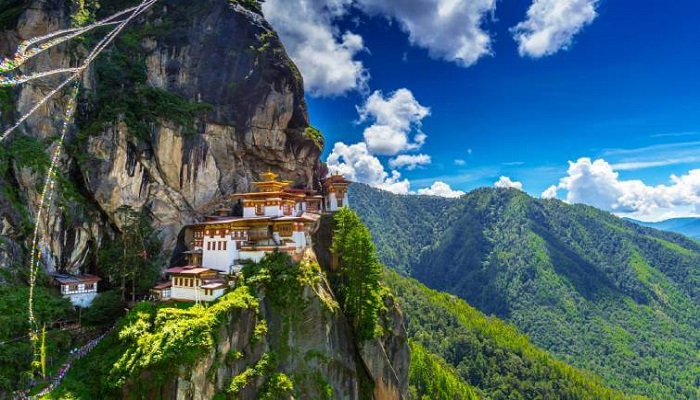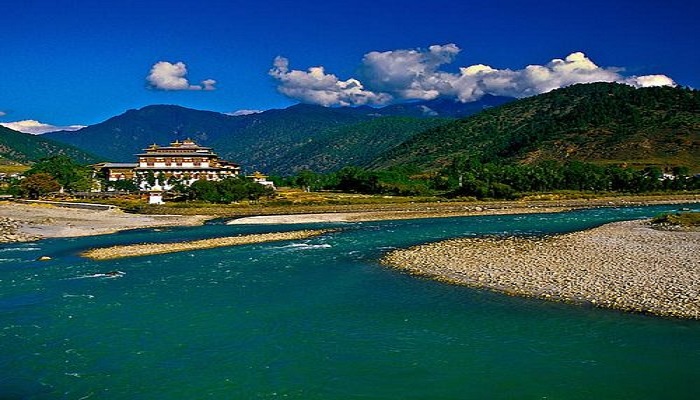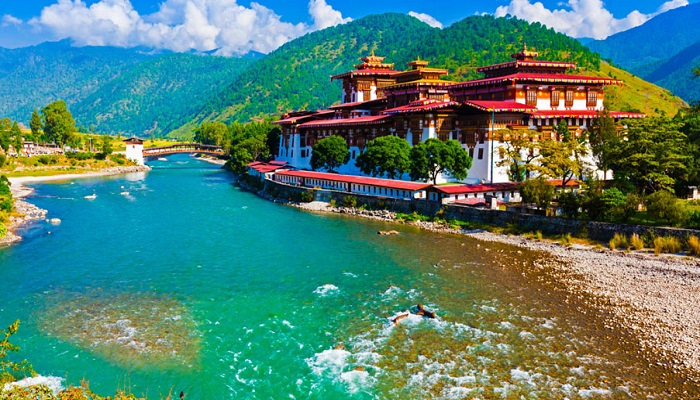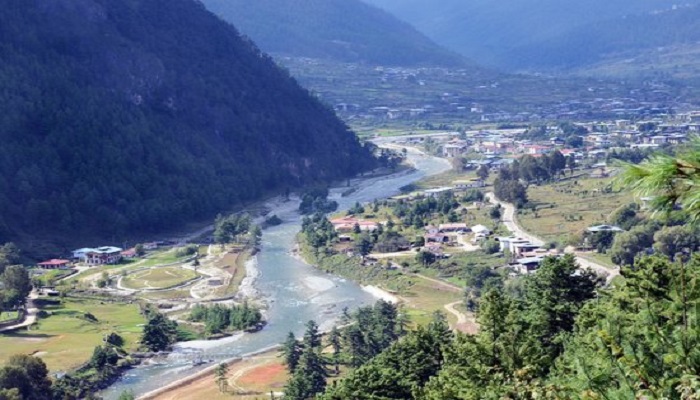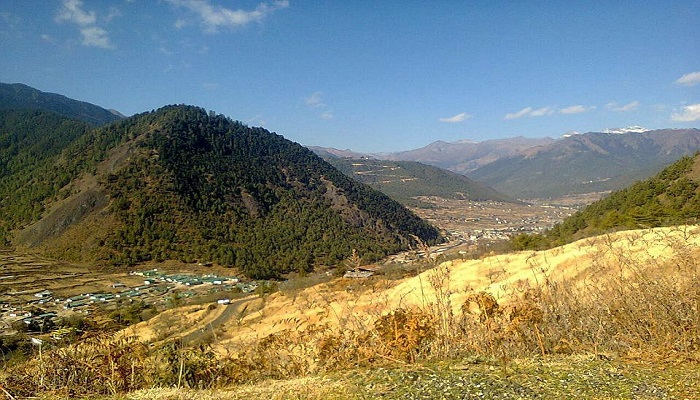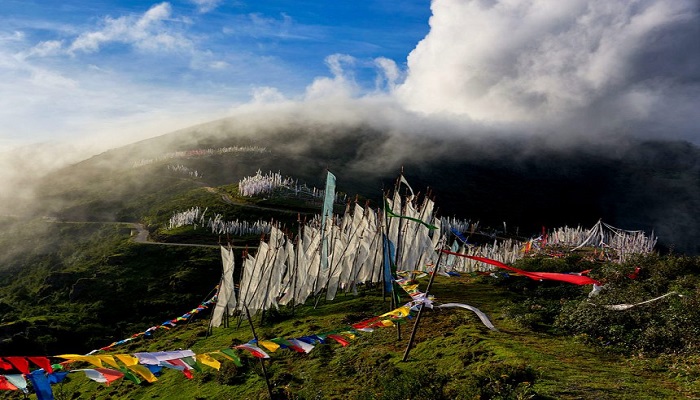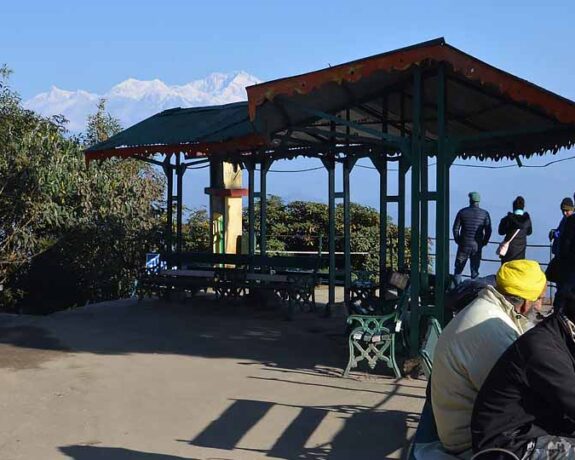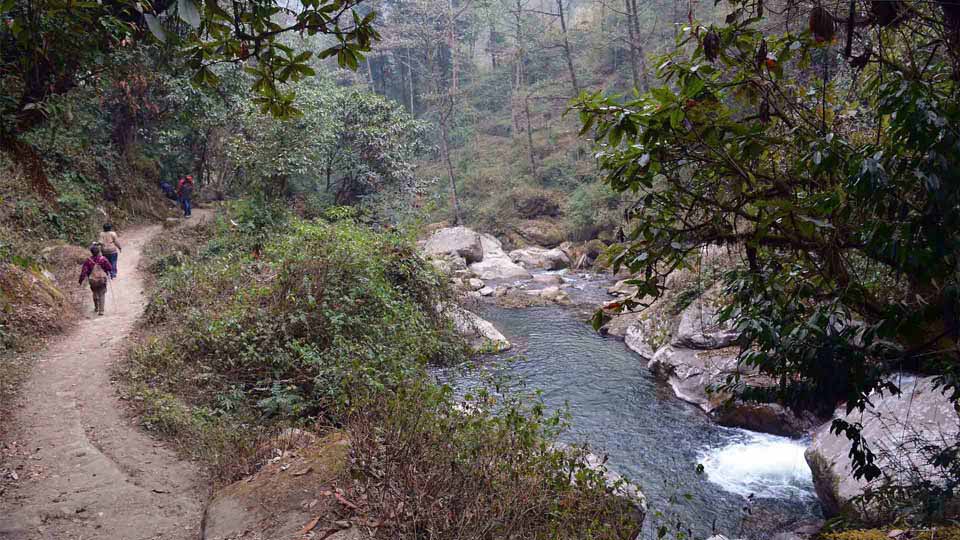Description
Best of Bhutan Itinerary: 9 Days/8 Nights
Day 01: Paro to Thimpu
Reach Paro airport and drive to Thimpu. After Lunch, visit the Memorial Chorten and the School of Arts and Crafts, where students from across the region learn the skills of a myriad of traditional arts and crafts. Next, visit the 169 ft bronze statue of Buddha Dordenma. The place provides a view of the entire city. Visit Tashichho Dzong (Fortress of the Glorious Religion). Back in 1216, the lama Gyalwa Lhanangpa made Dohon (the Blue Stone) Dzong on the hillock above Thimphu, where the Dechen Phodrang stands. Overnight in Thimpu.
Overnight in Jaigaon.
Day 02: Sightseeing in Thimpu
After breakfast go for morning sightseeing– visit the Indigenous hospital where traditional old art of healing is still practised, Art & Craft school, National library, Royal goldsmith workshop and Handicraft centers. Afternoon visits the Memorial Chorten built in the memory of the late King Jigme Dorji Wangchuck, 15century Changangkha monastery, Motithang mini zoo to see the rare “Takin” national animal of Bhutan and drive further down with a good view of the Thimphu valley. Visit the new Drupthob nunnery temple and free time in the market.
Overnight in Thimphu.
Day 03: Thimpu to Punakha/Wangdue via Dochula
After early breakfast check out of the hotel and drive (70 km / 2 hrs) to Wangduephodrang, with a stop en route for tea at DochuLa Pass (3,100 meters), where on a clear day you can get spectacular views of the Himalayas. In Wangdue, stop at Mehsina village & visit Chime Lhakhang– The Temple of Fertility built in the 15th century by Lama Drukpa Kinley. Have your lunch and in the afternoon drive to Punakha, the former capital of Bhutan, and visit Punakha Dzong, which is noteworthy both for being one of the most beautiful dzongs in Bhutan and also for having been built by the first Shabdrung in 1637.
Overnight in Wangdue or Punakha.
Day 04: Punakha to Bumthang
After breakfast visit the Trongsa Dzong, the most emphatic Dzong in Bhutan, built by Chogyal Minjur Tempa. Drive to Bumthang via Yongtala & Kilakha passes. Bumthang sightseeing includes- Bhutanese Carpet Factory, where they use Yak and Sheep wool and even pure silk to create carpets and ethnic Bhutanese Textiles. Post lunch, visit the Jakar Dzong, literally meaning ‘The Castle of White Bird’. Later visit Lamey Goemba, a majestic palace and monastery built in the 18th century by Dasho Phuntsho Wangdi, the great warrior. Further, see the Jambay Lhakhang, built by King SrongsenGampo of Tibet in AD 659. This temple was blessed by Guru Rimpoche during his visit to Bumthang. Legend has it that under the temple is a lake in which Guru Rimpoche took refuge on several occasions. In the month of October, the colourful festival, ‘Jambay Lhakhang Drup’ unfolds at this very temple. As the evening sets, you can check out the handicrafts and all.
Overnight in Bumthang.
Day 05: Sightseeing in Bumthang
After breakfast, visit Chakhar (Iron Castle) Lhakhang, it is the site of the palace of the Indian King, the Sindhu Raja who invited Guru Rimpoche to Bumthang. The Original palace was made of Iron and hence the name Chakhar. The saint DorjiLingpa built the Current building in the 14th century. Its correct name is Dechen Phodrang. Next visit Kurjey Lhakhang, which is named after body print of Guru Rimpoche, built-in 1652 by MinjurTempa. Visit Tamshing Lhakhang (Temple of the good message), established in 1501 by Pema Lingpa and is the most important Nyingmapa temple in the kingdom. In the evening, visit Membarstho which literally means, “The burning Lake”.
Overnight in Bumthang.
Day 06: Bumthang to Punakha/Wangdue
After an early breakfast drive to Wangdiphodrang via Gangtey. Lunch at Gangtey valley. It is one of the most beautiful glacial valleys of the Himalayas. Visit Gangtey Gompa from outside. Explore Phobjikha valley, famous for the Black Necked Cranes during winter. These cranes are very rare and endangered and highly protected by the Government.
Overnight in Wangdue or Punakha.
Day 07: Punakha/Wangdue to Paro
After breakfast, drive to Thimphu and visit Simthokha Dzong. It is the oldest Dzong in Bhutan. After lunch drive to Paro.
Overnight in Paro.
Day 08: Visit Taksang Monastery
On the second last day, make an excursion to the Taksang Monastery – the place that offers the most spectacular view of Bhutan. Located on a sheer vertical cliff at an altitude of 800m, it defies all engineering logic. Climb for about 2-3 hours to the monastery to set the pace for adventure. (The hike can be quite hard and you can arrange for a pony ride. In the afternoon, simply enjoy the beauty of Paro.
Overnight in Paro.
Day 09: Drop at Paro airport
Get your breakfast and check out from the hotel for an onward journey.
Things you must know about Bhutan
The Kingdom of Bhutan is a small landlocked country located in the southern foothills of the Himalayan mountain range, sandwiched between the People’s Republic of China in the north and the Republic of India in the south.
It is a sovereign nation, with a total land area of 38,394 km² and a total population of 771,608 (2020 estimated).
The country was originally known by many names including Lho Jong, ‘The Valleys of the South’, Lho Mon Kha Shi, ‘The Southern Mon Country of Four Approaches’, Lho Jong Men Jong, ‘The Southern Valleys of Medicinal Herbs and Lho Mon Tsenden Jong, ‘The Southern Mon Valleys where Sandalwood Grows’. Mon was a term used by the Tibetans to refer to Mongoloid, non-Buddhist peoples that populated the Southern Himalayas.

